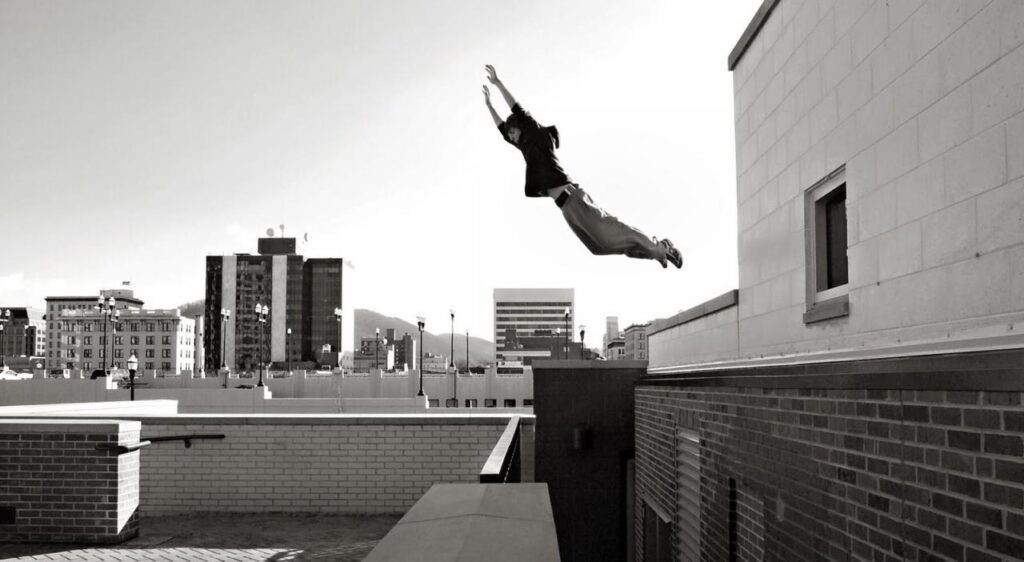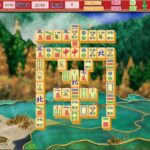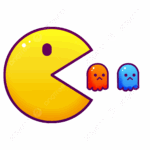Parkour block 3D takes center stage, inviting players into an exhilarating realm where agility meets creativity. This unique genre merges the thrill of parkour with the limitless possibilities of a block-based 3D environment, allowing gamers to navigate challenging terrains and execute stunning moves. As the gaming landscape evolves, the integration of parkour mechanics has transformed traditional gameplay into a vibrant experience filled with dynamic challenges and visually engaging designs.
Delving into the mechanics of parkour block 3D, players discover a distinct set of movements and controls that set this genre apart. The game’s physics enhance the sense of realism, making every leap and roll feel impactful. With a focus on level design and environmental obstacles, developers create immersive worlds that keep players engaged while sharpening their parkour skills.
Introduction to Parkour Block 3D
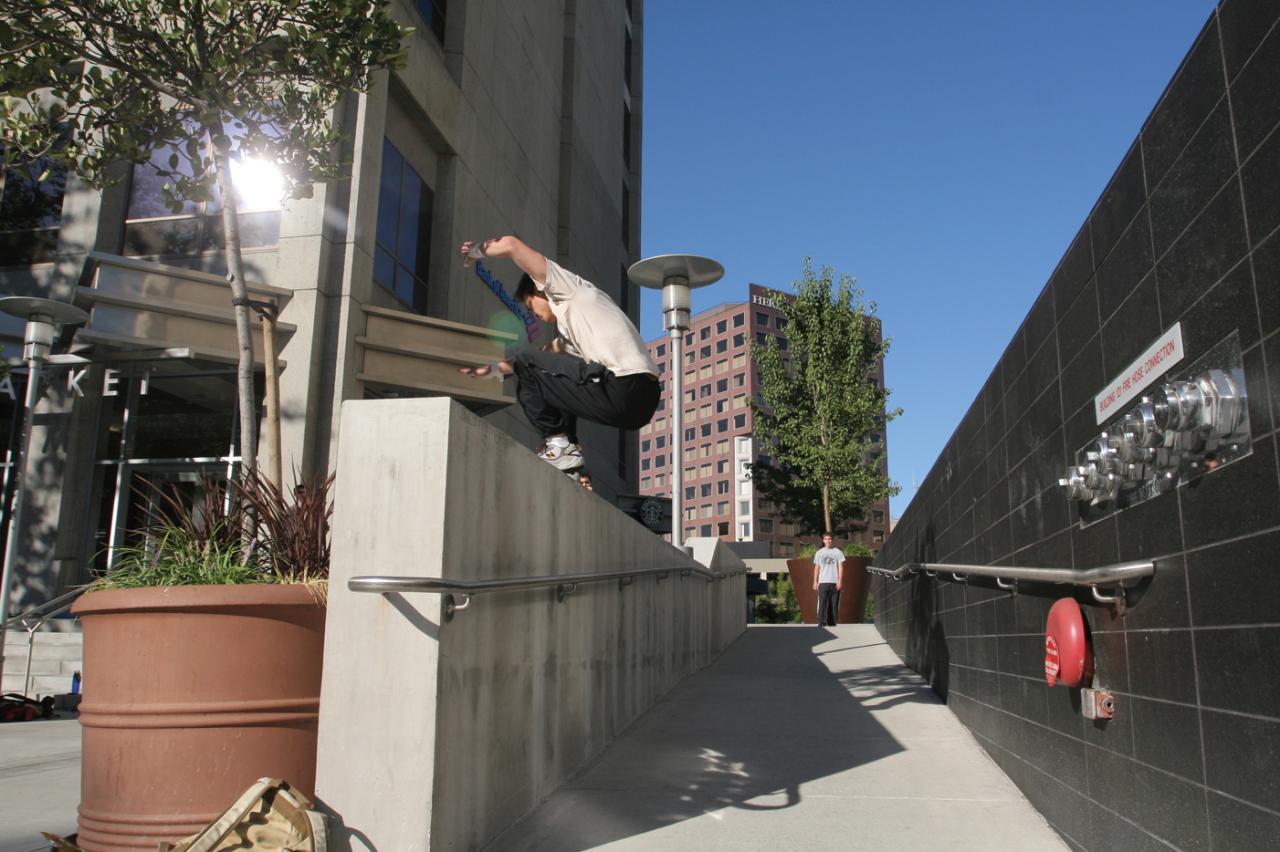
Parkour, a discipline characterized by fluid movement and acrobatic prowess, emphasizes overcoming obstacles efficiently and creatively. In the realm of gaming, parkour has become increasingly significant, allowing players to experience dynamic movement and exploration of 3D environments. The thrill of executing high jumps, wall runs, and flips translates into engaging gameplay that captures the excitement of real-life parkour.
The concept of ‘block 3D’ refers to a gaming framework where environments are constructed using cubic elements, reminiscent of voxel-based graphics. This structure is particularly relevant to parkour games, as it provides a customizable playground where players can navigate through intricate terrains filled with challenges. The blocky aesthetic allows for clear visualization of obstacles and movement paths, enhancing the immersive experience as players perform parkour maneuvers.
Evolving Landscape of Parkour Games in 3D
The evolution of parkour games within 3D environments has been marked by significant advancements in technology and game design. Early iterations were limited by graphical constraints, resulting in simplistic gameplay that often failed to capture the fluidity of real parkour. However, as graphics improved and physics engines became more sophisticated, developers began to create more realistic representations of movement.
Modern parkour games now leverage advanced animation techniques and intricate level designs to recreate the thrill of parkour. Players can engage in a variety of actions, from vaulting over obstacles to executing precise landings, which are essential for mastering the art of parkour. The following aspects highlight the evolution of parkour games in 3D environments:
- Increased Realism: Advanced physics engines allow for realistic gravity and motion, making player movements more lifelike.
- Complex Level Design: Developers create multi-layered environments with diverse obstacles to challenge players’ skills.
- Enhanced Controls: Improved gameplay mechanics provide players with responsive controls, facilitating seamless parkour movements.
- Community Engagement: Many games feature user-generated content, allowing players to create and share their own levels, further enriching the parkour experience.
The evolution of parkour games demonstrates a commitment to realism and player engagement, pushing the boundaries of gameplay in creative ways.
Game Mechanics of Parkour Block 3D
The game mechanics of Parkour Block 3D create an engaging and dynamic environment that enhances the parkour experience. These mechanics are specifically designed to leverage the unique aspects of a 3D block setting, merging traditional platforming elements with advanced movement techniques to offer players a thrilling gameplay experience. Understanding these mechanics is essential for mastering the game and fully appreciating its challenges.
Core mechanics in Parkour Block 3D revolve around movement, jump dynamics, and environmental interaction. Players navigate through intricate block structures by utilizing various movement techniques that define parkour. This includes running, jumping, wall-running, and climbing, which are all integral to traversing the diverse landscapes within the game. Each action has specific animations and physics that contribute to a realistic and immersive parkour experience.
Controls and Movements Unique to Parkour Block Games
The controls in Parkour Block 3D are tailored to enhance fluidity and precision in player movements. Key controls include:
- Movement Keys: Players use standard WASD keys for navigation, allowing for smooth directional changes while maintaining momentum.
- Jumping: The spacebar is commonly used for jumping, with double jumps enabled for reaching higher platforms or executing extended maneuvers.
- Wall-Running: Players can initiate wall-runs by pressing the directional keys against a wall, allowing them to traverse vertical surfaces for a limited time.
- Crouching: The “C” key enables crouching, which is often necessary for sneaking under obstacles or preparing for low jumps.
- Action Button: An “E” key function may be present to interact with specific elements in the environment, such as activating mechanisms or grabbing ledges.
The combination of these controls allows players to execute complex sequences of movements that are characteristic of parkour. Mastery of these controls is crucial for advanced play, enabling players to navigate challenging courses successfully.
Implementation of Physics to Enhance Gameplay Experience
Physics play a critical role in the gameplay of Parkour Block 3D, adding depth and realism to player movements. The game employs various physical principles that affect how characters interact with the environment, creating a more engaging experience. Key aspects include:
- Gravity Mechanics: Realistic gravity affects jump height and fall speed, ensuring that players must time their jumps and movements effectively.
- Momentum: Players maintain speed when running and jumping, which is vital for chaining moves together smoothly. This momentum can be lost if actions are not timed properly, adding a layer of challenge.
- Collision Detection: Accurate collision detection allows players to interact with surfaces naturally, providing feedback on successful landings or missed jumps.
- Physics-Based Climbing: Climbing mechanics simulate real-world physics, where players must find the right angles and grips to ascend walls and obstacles.
The integration of these physics principles not only enhances the realism of the gameplay but also ensures that skillful navigation relies on understanding the physicality of the game world. This leads to a more satisfying and challenging parkour experience for players, as they learn to adapt their strategies based on the game’s responsive environment.
Design Elements of Parkour Block 3D
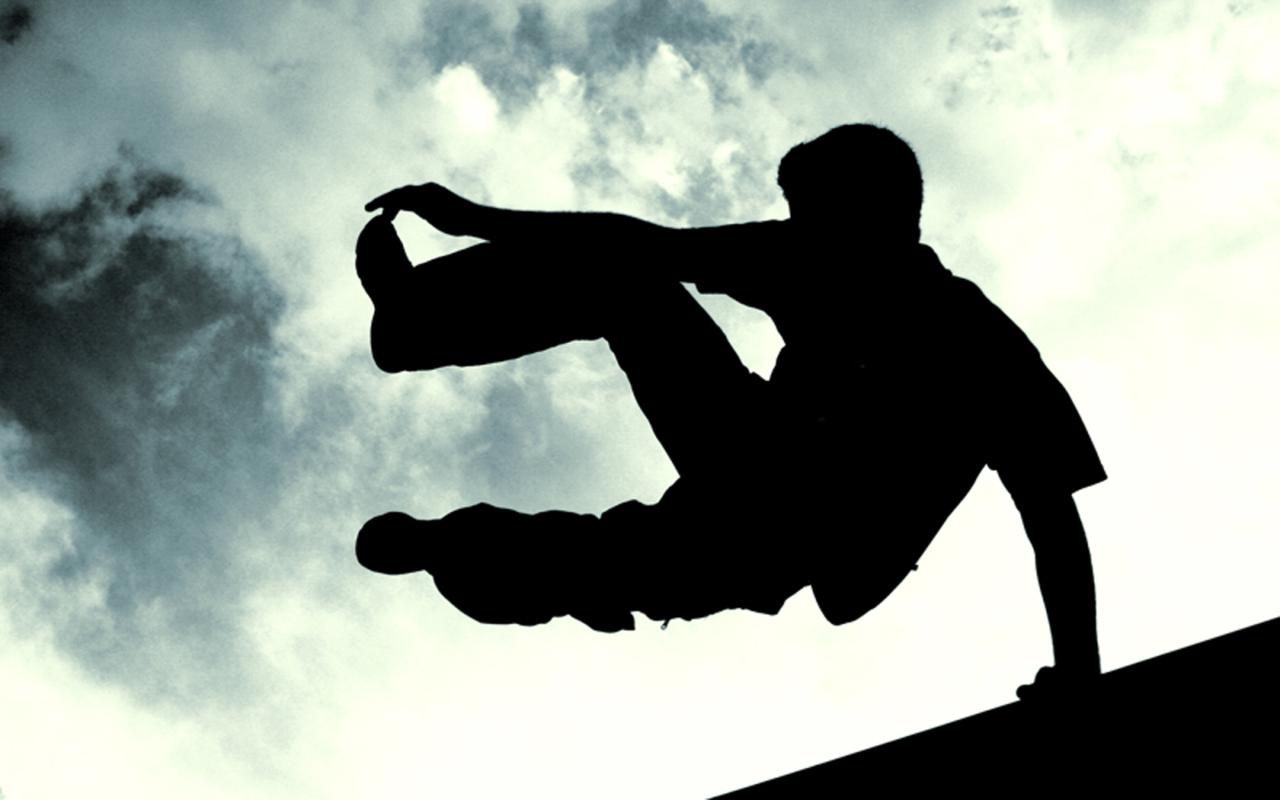
The design elements in Parkour Block 3D play a crucial role in creating an engaging and immersive gaming experience. These elements not only enhance the aesthetic appeal of the game but also ensure that players are constantly challenged and entertained as they navigate through various levels. Understanding how these design components interact can provide insight into the overall gameplay experience.
Level design and environmental obstacles are fundamental to the player’s journey in Parkour Block 3D. Effective level design encourages exploration and experimentation, while environmental obstacles serve to challenge players and require them to refine their skills. The following aspects highlight the significance of these design elements:
Key Design Elements
The elements that contribute significantly to the design of Parkour Block 3D can be categorized as follows:
- Obstacle Variety: A diverse range of obstacles, such as moving platforms, wall runs, and gaps, keeps gameplay dynamic and interesting. Players must adapt their skills to overcome each challenge presented.
- Level Layout: Thoughtfully crafted layouts encourage strategic thinking and planning. Levels that require players to make quick decisions and utilize their parkour skills effectively can enhance the overall experience.
- Environmental Interaction: Elements like destructible blocks or interactive features can create a more engaging environment. This not only adds complexity to the gameplay but also encourages players to experiment with their surroundings.
- Progression and Difficulty Scaling: Gradually increasing the complexity of levels ensures that players remain challenged without becoming frustrated. This keeps players motivated to improve their skills as they advance through the game.
- Checkpoint Systems: Implementing checkpoints throughout levels allows for a smoother gameplay experience. Players can respawn at strategic points, reducing frustration and encouraging exploration.
Aesthetic Choices in Character and Environment Design
Aesthetic choices significantly impact the overall feel of Parkour Block 3D, influencing player immersion and engagement. The visual design must resonate with the dynamics of parkour while providing an appealing experience.
The character and environment design elements include:
- Character Customization: Allowing players to customize their avatars enhances personal connection to the game. Unique skins, outfits, and gear can reflect a player’s style and preferences.
- Environment Themes: Different level themes, such as urban, natural, or futuristic settings, contribute to diversity and engagement. Each theme can employ distinct color palettes and textures that enhance the visual storytelling.
- Visual Feedback: Implementing visual cues, such as particle effects when jumping or running, can heighten the gameplay experience. These effects provide immediate feedback, making actions feel more impactful.
- Animation Fluidity: Smooth and realistic animations contribute to the immersive experience. Players will appreciate fluid movements that accurately reflect their actions, enhancing the realism of parkour maneuvers.
- Sound Design: While primarily aesthetic, sound effects play a crucial role in the overall design. Unique sounds for jumps, falls, or environmental interactions can enhance immersion and provide cues for gameplay.
“The aesthetic choices in game design not only define the visual appeal but also influence player engagement and emotional connection to the game.”
Challenges in Creating Parkour Block 3D Games
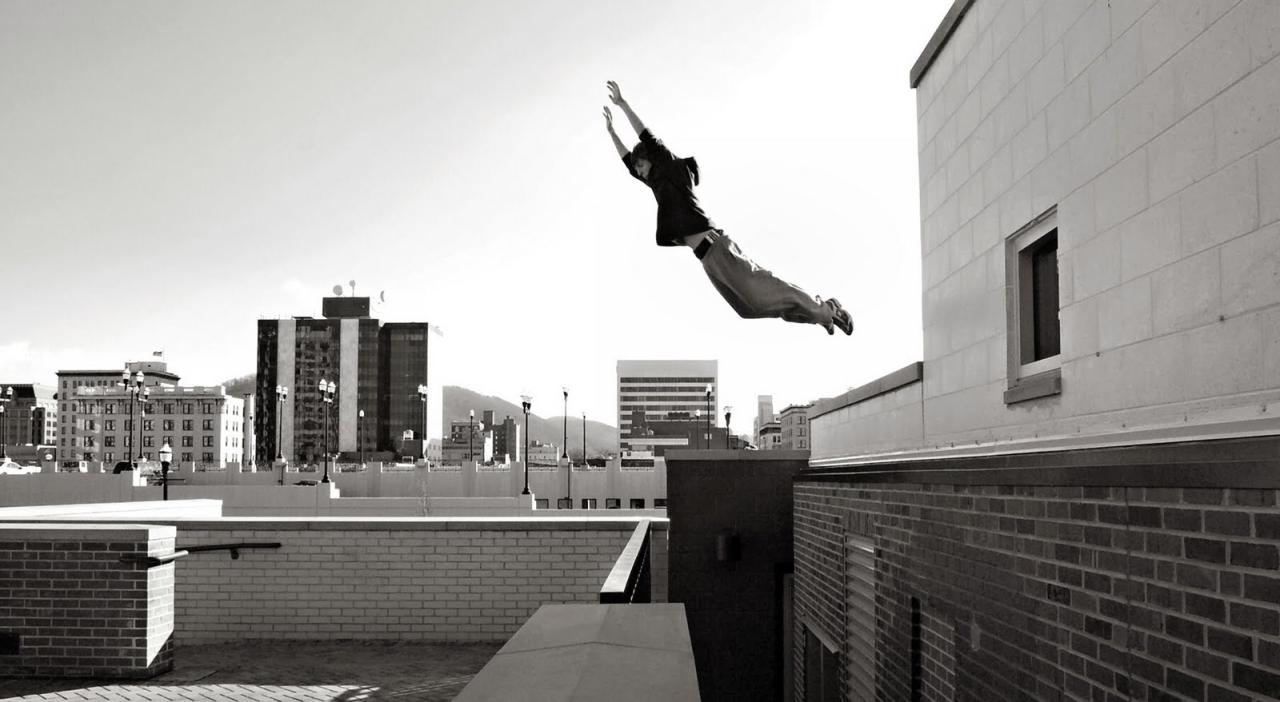
The development of Parkour Block 3D games presents a unique set of challenges that developers must navigate to deliver a compelling experience. From perfecting parkour mechanics to achieving a harmonious balance between gameplay dynamics and user experience, the road to creating an engaging game can be fraught with difficulties. This section delves into the common obstacles faced during development, highlighting the intricacies involved in bringing the exhilarating world of parkour to life in a three-dimensional space.
Parkour Mechanics Development
Developing the mechanics that underpin parkour gameplay can be particularly challenging due to the need for precise controls and fluid movements. Developers often encounter several key issues, which include:
- Physics Engine Integration: Ensuring that the physics engine accurately simulates gravity, momentum, and collision detection is crucial. If the physics are not well-implemented, players may experience jarring movements that disrupt immersion.
- Control Responsiveness: Striking the right balance between responsive controls and player input can be difficult. Overly sensitive controls can lead to frustration, while sluggish responses may diminish the thrill of executing complex maneuvers.
- Animation Fluidity: The transition between different parkour moves must be seamless. Developers face the challenge of creating animation blends that feel natural, avoiding any visual stutters that can detract from the gameplay experience.
Balancing Gameplay Dynamics and User Experience
Balancing the intricate mechanics of parkour with an enjoyable user experience is essential for player retention. Developers must consider various factors that affect gameplay dynamics, including:
- Difficulty Scaling: Designing levels that are appropriately challenging without being discouraging is vital. Gradual introduction of complex mechanics allows players to build skills while minimizing frustration.
- Player Feedback: Providing players with immediate and intuitive feedback when performing actions enhances engagement. This can include visual cues, sound effects, and haptic feedback.
- Level Design: Crafting levels that accommodate both casual and seasoned players ensures inclusivity. Developers must create environments that encourage exploration while allowing players to showcase their skills.
Technical Limitations and Solutions
Technical limitations often pose significant hurdles in the development of Parkour Block 3D games. Addressing these challenges requires innovative solutions to ensure optimal performance and gameplay quality. The main technical challenges include:
- Performance Optimization: High-quality graphics and complex simulations can strain hardware resources. Developers often employ techniques such as level of detail (LOD) scaling and efficient asset management to maintain performance across various devices.
- Collision Detection Issues: Accurately detecting collisions in a three-dimensional space can be complex, especially with fast-paced movements. Solutions include using bounding boxes and continuous collision detection algorithms to minimize clipping and ensure smooth interactions.
- Network Latency in Multiplayer Modes: For games featuring multiplayer parkour, latency can disrupt gameplay. Implementing lag compensation techniques and server optimization can help mitigate these issues, providing a more stable experience for players.
“The key to a successful parkour block game lies in the balance of mechanics, player experience, and overcoming technical limitations.”
Popular Parkour Block 3D Games
Parkour Block 3D games have gained immense popularity, captivating players with their unique mechanics and engaging environments. These games not only challenge players’ agility and reflexes but also provide a platform for creativity and expression through level design. This section explores notable parkour block 3D games, highlighting their distinctive features and community feedback.
List of Notable Parkour Block 3D Games
Several games have made their mark in the parkour block 3D genre, each offering unique gameplay elements. Below is a curated list of notable titles along with their defining characteristics:
- Parkour Block 3D: This game emphasizes fluid movement mechanics, allowing players to perform acrobatic stunts seamlessly. Its intuitive controls make it accessible to newcomers while still challenging for seasoned players.
- Parkour Run: Known for its fast-paced gameplay, Parkour Run features procedurally generated levels that change with every playthrough, keeping the experience fresh and unpredictable.
- Block City Wars: This game combines parkour with combat, offering players the ability to traverse the cityscape while engaging in battles. The inclusion of vehicles adds an extra layer of excitement.
- Skyblock Parkour: Set in a floating island environment, this game challenges players to navigate through intricate courses while managing limited resources and obstacles.
- Cube Parkour: Cube Parkour focuses on community-created maps, encouraging players to design and share their own challenges, fostering a strong community spirit.
Comparison of Gameplay Styles
The gameplay styles of various parkour block games vary significantly, catering to different player preferences. Analyzing these styles reveals how each game approaches the parkour mechanics.
- Fluidity and Speed: Games like Parkour Block 3D and Parkour Run prioritize smooth, fast-paced movements, providing an adrenaline rush as players navigate through obstacles.
- Combat Integration: Titles such as Block City Wars incorporate combat mechanics, allowing players to engage in battles while utilizing parkour skills to escape or gain tactical advantages.
- Creative Freedom: Cube Parkour stands out by emphasizing community involvement, allowing players to create and share their own maps, which enhances replayability and fosters creativity.
- Resource Management: Skyblock Parkour introduces an element of strategy, requiring players to think critically about resource allocation while attempting to complete parkour challenges.
Community Responses and Critiques, Parkour block 3d
Community feedback plays a crucial role in the evolution of parkour block 3D games. Players often share their experiences and critiques on various platforms, influencing future updates and game design.
“The thrill of mastering complex parkour moves alongside engaging enemies adds a captivating layer to gameplay.” – Player Review
Community responses highlight both positive aspects and areas for improvement. Players commonly appreciate the following elements:
- Engaging Gameplay Mechanics: Many players commend the fluid movement systems and the sense of achievement that comes with mastering difficult levels.
- Visual Appeal: Games with vibrant graphics and well-designed environments receive praise for enhancing the overall gaming experience.
- Frustrations with Controls: Some critiques focus on the sensitivity of controls, where players feel that minor miscalculations can lead to frustrating failures.
- Desire for More Content: Players express a desire for additional maps and challenges, indicating that community-driven content could greatly enhance longevity.
Future of Parkour Block 3D
The future of Parkour Block 3D lies at the intersection of innovative game design and advancements in technology. As the parkour gaming genre continues to evolve, developers are exploring new ways to enhance player experiences, making the gameplay more immersive and engaging. This segment delves into emerging trends, potential innovations, and the influence of player feedback on the next generation of parkour games.
Emerging Trends in Parkour Gaming
The parkour gaming genre is witnessing several exciting trends that promise to redefine how players interact with virtual environments. These trends include the integration of augmented reality (AR) and virtual reality (VR) technologies, which offer a more realistic experience by enabling players to navigate obstacles in an immersive 3D space. Additionally, the rise of community-driven content, where players can create and share their own parkour maps and challenges, is fostering a collaborative gaming culture.
Innovations in Game Design and Technology
As technology advances, so do the possibilities for innovative game design in parkour gaming. Developers are increasingly utilizing physics engines to simulate realistic movements and interactions, allowing players to perform complex maneuvers with precision. Furthermore, artificial intelligence (AI) is becoming a crucial component in creating dynamic environments that react to player actions, enhancing the overall challenge and enjoyment of the game.
The implementation of procedural generation techniques is another noteworthy innovation. This allows for the creation of vast and varied landscapes that can change with each playthrough, ensuring that players always encounter new challenges and environments.
Impact of Player Feedback on Game Development
Player feedback plays a pivotal role in shaping the future of parkour games. Developers are actively listening to their communities, utilizing player insights to refine gameplay mechanics and enhance user experience. This feedback loop fosters a more player-centric approach to game development, ensuring that the final product resonates with the target audience.
Key areas where player feedback has made a significant impact include:
- Gameplay Balance: Adjustments to difficulty levels based on player experiences and frustrations.
- Content Updates: Regular updates introducing new challenges and features that reflect player interests.
- User Interface Improvements: Enhancements to navigation and control systems for smoother gameplay.
Player-driven development not only cultivates community engagement but also leads to more successful and enjoyable gaming experiences.
Community Engagement and Parkour Block 3D
Online communities play a crucial role in the development and evolution of Parkour Block 3D experiences. These communities not only gather players and enthusiasts but also serve as a platform for sharing ideas, strategies, and content, enhancing the overall gaming experience. The interaction within these communities fosters a sense of belonging and collaboration among players, leading to a more vibrant gaming environment.
User-generated content and mods significantly enrich gameplay, allowing players to customize their experiences in Parkour Block 3D. By creating their own levels, skins, and challenges, users contribute to the game’s longevity and appeal. This content not only diversifies the gameplay but also encourages creativity and innovation among players. Many successful parkour games have thrived due to the active involvement of their communities in generating unique content that keeps the game fresh.
User-Generated Content and Mods
The impact of user-generated content on Parkour Block 3D cannot be understated. Players often create custom maps that challenge their peers and push the boundaries of the game mechanics. The importance of this content can be highlighted through the following aspects:
- Enhanced Replayability: Custom maps and challenges provide endless opportunities for players to explore and engage with the game. This diversity keeps the community active and interested over time.
- Creative Expression: Players can showcase their creativity through unique designs and mechanics, leading to innovative gameplay experiences that differ from the original offering.
- Community Recognition: Players who create popular mods or maps often gain recognition within the community, fostering a competitive spirit and encouraging others to contribute.
The developers of Parkour Block 3D can actively engage with players to enhance game features and maintain a healthy relationship with their community. Communication is key, and the following strategies can be employed:
Developer Engagement Strategies
Active engagement from developers can lead to improved features and increased player satisfaction. Here are some effective strategies for developers to connect with their players:
- Regular Updates and Feedback Loops: Developers should provide consistent updates based on player feedback, ensuring that the community feels heard and valued.
- Incentivizing User Content: Hosting competitions or featuring user-generated content in official channels can motivate players to create and share their work.
- Community Events: Organizing events such as tournaments or challenges can strengthen community ties and increase engagement.
“To build a thriving game community, developers must prioritize open communication and actively involve players in the evolution of the game.”
By embracing community engagement, developers not only enhance the game experience but also foster loyalty and enthusiasm among players, setting the stage for a vibrant future for Parkour Block 3D.
Learning and Mastering Parkour Techniques
Mastering parkour techniques in a block game environment is essential for players aiming to enhance their performance and enjoyment. Parkour in gaming not only requires skillful maneuvering but also a deep understanding of the game mechanics and spatial awareness. By focusing on structured practice methods, players can significantly improve their abilities and confidence in executing complex moves.
To develop proficiency in parkour techniques, players should engage in specific training routines designed to sharpen their skills. Regular practice sessions can help reinforce muscle memory, improve reaction times, and build overall agility. Below are effective methods and routines that players can adopt to enhance their parkour skills in block games.
Effective Training Methods and Routines
Implementing a systematic approach to practice can yield significant improvements. The following training methods are especially effective for mastering parkour techniques:
- Obstacle Course Design: Players can create customized obstacle courses within the game. These courses should incorporate varied elements such as jumps, vaults, and wall runs. By challenging oneself with different layouts, players can practice specific skills in controlled environments.
- Speed Runs: Engage in speed runs where the goal is to complete a course as quickly as possible. This approach enhances not only speed but also efficient movement, decision-making, and execution of techniques under pressure.
- Freestyle Sessions: Allocate time for freestyle practice where players can explore and experiment with new moves. This encourages creativity and helps players discover unique ways to navigate the game world.
- Technique Focus: Dedicate sessions to mastering specific techniques, such as precision jumps or wall flips. Focusing on one skill at a time allows for deeper understanding and refinement.
- Peer Challenges: Collaborate with friends or community members to create friendly competitions. These challenges can motivate players to push their limits and learn from each other’s techniques.
The psychology behind mastering parkour in gaming environments plays a pivotal role in how players approach learning. It is crucial for players to develop a growth mindset, embracing failures as opportunities for improvement. The following insights can help players cultivate this mindset:
“Success in mastering parkour techniques often hinges on perseverance and the willingness to learn from mistakes.”
Players should also focus on visualizing their movements, which can enhance execution and confidence. Visualization involves mentally rehearsing movements before attempting them, leading to improved performance. Additionally, regular reflection on progress can provide motivation and a sense of achievement, reinforcing the desire to master further techniques.
As players commit to these training methods and adopt a positive psychological approach, they will find themselves not only improving their parkour skills but also enjoying a more engaging and fulfilling gaming experience.
Closure
In summary, the journey through parkour block 3D showcases the blend of creativity and athleticism in gaming. As developers continue to innovate and respond to community feedback, the future of this genre looks promising with potential breakthroughs in design and gameplay. Understanding the technical challenges and embracing player engagement will ensure that parkour block 3D remains a thrilling and evolving experience for gamers worldwide.
In the digital age, Google games have emerged as a popular choice for quick entertainment. These games are not only accessible but also provide a great way to unwind during a break. The variety of options, from simple puzzles to engaging challenges, ensures that there is something for everyone, making them a staple for casual gaming enthusiasts.
In recent years, Google games have captured the attention of users looking for fun and engaging ways to pass the time. These simple yet addictive games not only entertain but also showcase Google’s creativity and innovation. From the iconic dinosaur game that appears during offline moments to various seasonal challenges, there’s always a new way to enjoy a quick gaming session right in your browser.
